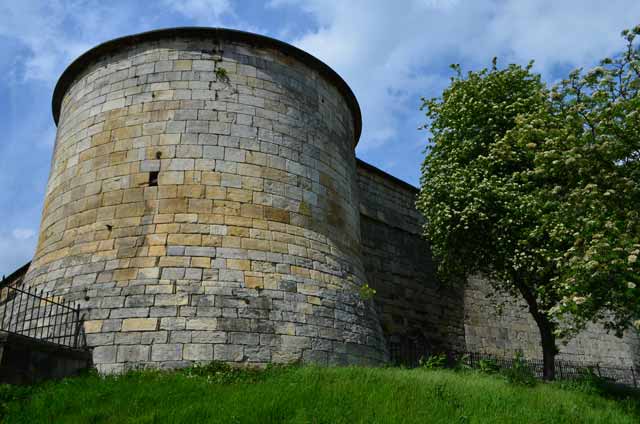York Castle was originally a large fortified complex, comprising the keep of Clifford’s Tower, prisons and various other buildings. Its first incarnation was as a wooden structure, rapidly assembled following William I’s conquest of England. The castle consisted of a motte – a keep atop an earth mound – and a bailey – a courtyard enclosed by a ditch and wall. The River Foss was also dammed to create a lake that further added to the castle’s defences. Following conquest, Vikings and Anglo-Saxons in York joined forces and rebelled against Norman rule, destroying the castle. It was rebuilt in stone, and formed the base for William’s ruthless ‘harrying of the North’. Much of York was destroyed in the violence. Throughout the medieval era, the castle was used by royalty as a northern headquarter in campaigns against the Scots.
York Castle Folklore:
York Castle Museum, within the grounds of York Castle, was once the place where condemned men spent their last night. So it is not surprising to discover a number of phantoms still haunt the site. These include disembodied voices: scratches, mumblings and disturbing singing; an old black-clad woman sitting before a fire, and a ghostly black dog known as the Barguist. Similar to Suffolk’s famous Black Shuck, this spectral hound is an omen of imminent death. It prowls York’s snickelways hunting human prey.
2

No comments